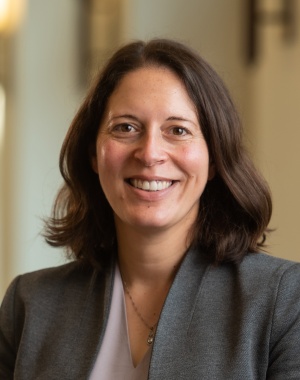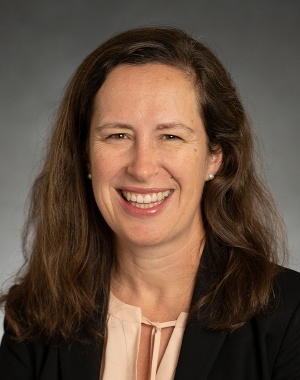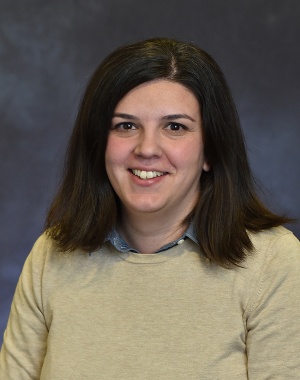
Research for years has shown that low-income students face unique barriers to applying to colleges, let alone being able to afford tuition and living costs. To address the concern that not enough high-achieving, low-income students were applying to or attending the University of Michigan, school leadership worked with Professor Susan Dynarski and Katherine Michelmore in 2015 to design and launch the HAIL (High Achieving Involved Leader) scholarship program. HAIL is unique in that it provides low-income students with an early, four-year guarantee of free tuition and fees, without requiring them to fill out the FAFSA. The first cohort of 262 students arrived on campus for the Fall Term in 2016.
Now, as the HAIL program reaches five years of activity with the spring 2021 commencement, a study report released by the Education Policy Initiative in the Ford School of Public Policy describes how targeted outreach about the HAIL scholarship program has affected the behavior of those students, and concludes that, “the HAIL intervention meaningfully changed students’ college decisions, inducing these students to apply and enroll at U-M at substantially higher rates. Specifically, HAIL students were more than twice as likely to apply to, gain admission, and enroll at the University of Michigan than students who did not receive the HAIL scholarship offer “
The study, “Increasing Economic Diversity at a Flagship University: Understanding the effect of the HAIL scholarship on student decision making”, examined the behaviors of about 4,000 high-achieving, low-income high school juniors across the state, some of whom were randomly-assigned to receive targeted information about the HAIL scholarship (“HAIL students”) and some were not (i.e. the control group). The study has been following those students for the past five years, and it will continue to track the application, acceptance, persistence, and completion rates for each year’s cohort going forward.
Specifically, the study found:
- HAIL students were more than twice as likely to apply to the University of Michigan than students in the control group. Specifically, 68% of HAIL students applied to U-M as compared to 26% of students in the control group, a difference of 42 percentage points.
- Of HAIL students, 32% applied and were admitted. Of control students, 15% applied and were admitted. In other words, HAIL increased the likelihood of applying and being admitted by 17 percentage points.
- 27 percent of HAIL students enrolled at the University of Michigan compared to 12% of students in the control group, a treatment effect of 15 percentage points (which translates roughly to 150 more high-achieving, low-income students enrolled at U-M each year).
HAIL’s design made progress toward the University of Michigan’s goal of economically diversifying its student body.
U-M President Mark Schlissel says of the program, "Cost should never be a barrier to in-state students seeking to study at the University of Michigan. This research has given us important data that has helped us design programs that provide greater access to the life-changing educational opportunities at a top public research university. I am proud that so many students from all areas of our state have benefited.”
The study suggests that the findings can be relevant to policymakers across the country who are working to make postsecondary education more attainable for low-income students.
Among the recommendations:
- Design the outreach with the institution’s specific goals in mind.
- Leverage available data to define the target population.
- Reduce other barriers, like complex disclosure forms, so that the financial aid process is clear and accessible.
Thanks to a partnership with the U-M’s Office of Enrollment Management (OEM), the research team was able to track whether students applied and were accepted to U-M and test tweaks to the intervention over time.
“When we designed the HAIL scholarship, we knew there were students who had the ability to attend a college like the University of Michigan, but believed they couldn't afford it. Our partnership with the research team revealed just how many of these students live right here in Michigan...and allowed us to test the effectiveness of this truly innovative program," says Interim Vice Provost Paul Robinson.
The study was led by Professors Susan Dynarski and Katherine Michelmore from the University of Michigan and included researchers Stephanie Owen, C.J. Libassi, Elizabeth Burland, and Shwetha Raghuraman. The recently released report was written by Alex Baum, Darian Burns, Jasmina Camo-Biogradlija, and Nicole Wagner Lam.


